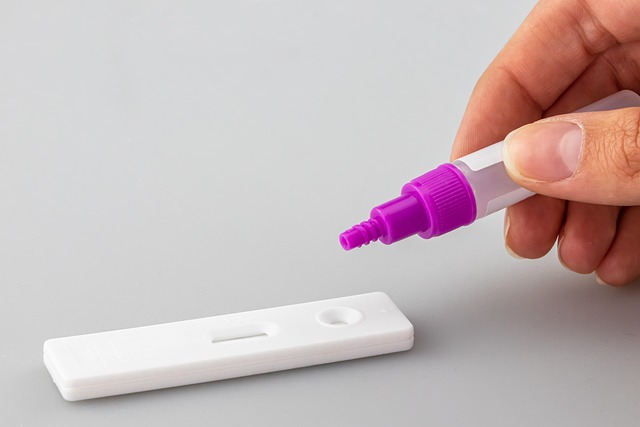Texas strictly enforces lead paint removal regulations, aligning with EPA standards, to prioritize safety during renovation projects, especially in homes built before 1978. The process begins with comprehensive assessments, followed by crafting a detailed remediation plan, open communication, stakeholder involvement, and monitoring air quality for safe residual lead levels. Compliance involves adhering to protocols for inspection, testing, documentation, resampling, visual inspections, and record-keeping to mitigate risks and create safer environments, avoiding legal repercussions.
In Texas, proper lead paint removal is crucial to ensuring safe living environments. This article serves as your comprehensive guide through the intricacies of navigating the state’s lead paint removal regulations and developing an effective remediation plan. We’ll delve into key components, implementation strategies, and monitoring techniques to ensure compliance and mitigate health risks associated with lead exposure. Understanding these aspects is vital for professionals aiming to handle lead safety remediation projects successfully.
- Understanding Lead Paint Removal Regulations in Texas
- Key Components of a Comprehensive Lead Safety Remediation Plan
- Implementing and Monitoring Effective Lead Safety Measures for Compliance
Understanding Lead Paint Removal Regulations in Texas

In Texas, lead paint removal regulations are strictly enforced to ensure the safety of residents and workers during renovation or remodeling projects. These guidelines are particularly crucial for older homes, built before 1978, which were more likely to have lead-based paint. The U.S. Environmental Protection Agency (EPA) established rules that Texas must adhere to, focusing on controlling and minimizing lead exposure during abatement processes.
Remediation plans in the state should include proper training for personnel, use of personal protective equipment (PPE), and adherence to containment measures to prevent lead dust from spreading. The regulations also mandate specific methods for removing lead paint, ensuring that only approved techniques and products are used. Additionally, disposal protocols must be followed to safely manage hazardous waste generated during the removal process.
Key Components of a Comprehensive Lead Safety Remediation Plan

When developing a comprehensive lead safety remediation plan, several critical components must be addressed to ensure compliance with regulations like the Lead Paint Removal Regulations in Texas. First and foremost, thorough assessments are essential. These involve meticulous inspections of all affected areas, including surfaces, dust, and soil, to identify lead-based materials accurately. Once identified, a detailed plan for lead paint removal and decontamination should be outlined, prioritizing safety measures for both occupants and remediators. This includes implementing engineering controls, personal protective equipment (PPE), and proper disposal protocols.
Additionally, effective communication and stakeholder engagement are vital. Property owners or managers must inform all occupants about the pending remediation process, potential risks, and steps to minimize exposure. Involving local health departments and certified lead inspectors guarantees compliance with regulatory requirements. Regular monitoring throughout the remediation process is another critical aspect, ensuring that air quality standards are met and any residual lead levels are below safety thresholds.
Implementing and Monitoring Effective Lead Safety Measures for Compliance

Implementing and monitoring effective lead safety measures is paramount for compliance with lead paint removal regulations in Texas, which are designed to protect both residents and workers from the harmful effects of lead exposure. The process begins with a thorough assessment of properties, especially those built before 1978 when lead-based paint was commonly used. This involves inspection, testing, and documentation to identify lead hazards, ensuring all work is conducted in accordance with state guidelines.
Regular monitoring is crucial to verify the success of remediation efforts. This includes resampling areas after cleanup, conducting visual inspections, and keeping detailed records. By adhering to these protocols, Texas property owners and managers can effectively mitigate risks associated with lead paint, ensuring a safer environment for all and avoiding potential legal repercussions from non-compliance with lead paint removal regulations.
In light of the above discussions, it’s clear that navigating the lead paint removal regulations in Texas requires a strategic approach. A comprehensive Lead Safety Remediation Plan, encompassing proper training, equipment, and monitoring, is essential to ensure compliance and protect public health. By adhering to these key components and implementing effective safety measures, professionals can confidently tackle lead paint removal projects, fostering safer environments for all.
